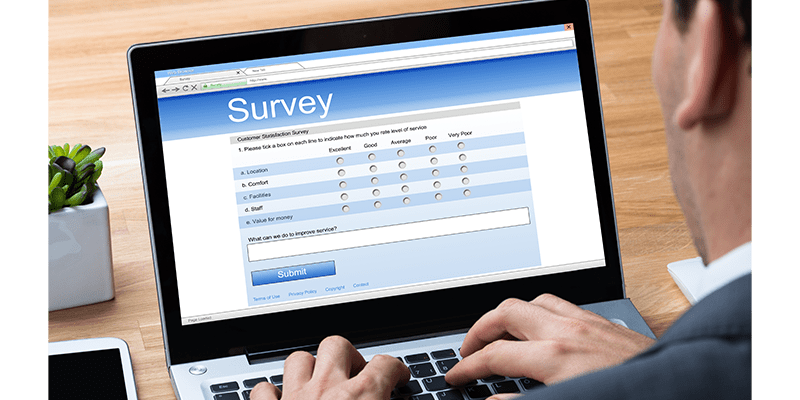Marketing
Drive Demand Generation in 7 Steps
by Amy Montague

Launching a demand generation campaign that captures attention and drives conversions requires a strategic combination of captivating content creation and well-planned communication strategies. Follow these steps to craft an impactful campaign that resonates with your target audience and generates demand for your offerings.
Step 1: Understand Your Audience
Knowing who you are speaking to is the first steps in developing effective demand generation campaigns. Campaigns and materials that are built and tailored to your audience’s needs and concerns will help generate demand from the right contacts. To build out an audience you’ll want to:
- Conduct thorough research to understand your target audience’s pain points, preferences, and interests.
- Create detailed buyer personas that encompass demographics, challenges, and aspirations.
Step 2: Develop Compelling Content
Content is the best practice ways you can attract your audience. Different content can help your audience take the right next steps and move them through the sales cycle – below are key types of content you should consider for your campaigns:
- Educational Content: Provide valuable solutions through how-to guides, tutorials, and industry insights that address your audience’s challenges.
- Thought Leadership: Establish your brand as a thought leader by crafting whitepapers, research reports, and opinion pieces that delve into industry trends and challenges.
- Storytelling: Utilize storytelling to humanize your brand with customer success stories, testimonials, and anecdotes.
- Visual Content: Enhance engagement with visually appealing infographics, videos, and interactive content.
- Content Variety: Offer diverse formats to cater to different preferences and learning styles.
Step 3: Choose Effective Communication Channels
Sharing your content in the places your audience visits is the next step. A mix of channels that align with both your content and audience typically drive the best results – below are key channels to consider:
- Email Marketing: Segment your email list and send personalized messages with compelling subject lines and relevant content.
- Social Media: Share content across platforms with visuals, hashtags, and engaging captions. Interact with your audience to foster engagement.
- Webinars and Events: Host insightful webinars or events featuring thought leaders to educate and engage your audience.
- Paid Advertising: Utilize PPC advertising for targeted exposure. Craft concise, visually appealing ads with clear CTAs.
- Content Syndication: Partner with industry-relevant websites to amplify your content’s reach.
- Retargeting: Re-engage users through personalized ads based on their previous interactions.
- Direct Mail and Offline Channels: Send personalized direct mail and explore offline avenues for niche targeting.
Step 4: Personalize Your Outreach
To make your outreach more effective personalize your communications to your audience by persona or even the individual to increase engagement and effectiveness
- Tailor your messages to resonate with specific audience segments based on their pain points and preferences.
- Use data-driven insights to personalize emails, ads, and content recommendation.
Step 5: Align Sales and Marketing
Ensuring your sales team is ready and armed with effective messages aligned with your campaign is an often missed step, but one that can take your campaign from good to great. This ensures if someone does reach out you have the process in place to handle leads immediately
- Foster collaboration between sales and marketing teams for a seamless lead handoff process.
- Define clear lead qualification criteria and communication processes.
Step 6: Monitor and Optimize
Review your campaign performance daily and adjust elements you can on the fly to optimize current performance, implementing learning in your next communications or live on your website:
- Regularly track and analyze campaign performance metrics such as engagement rates, click-through rates, and conversions.
- Use insights to refine your content and communication strategies for continuous improvement.
Step 7: Adapt and Evolve
Now that you have completed your campaign take the learnings into your next and don’t be afraid to try something new – a new trend my result in driving more demand than you think
- Stay updated on industry trends and shifts in your target audience’s preferences.
- Adapt your strategies to remain relevant and effective in a dynamic market.
By following these steps, you’ll be well-equipped to create a demand generation campaign that not only resonates with your audience, but also drives meaningful engagement and conversions. Remember that combining captivating content with strategic communication is the key to a successful demand generation campaign that generates interest, fosters connections, and boosts demand for your offerings.
Don’t have enough resources to kickstart your demand generation campaign? Talk to our experts today!






